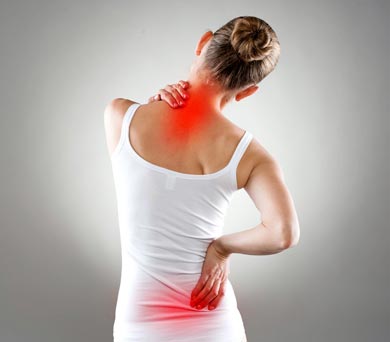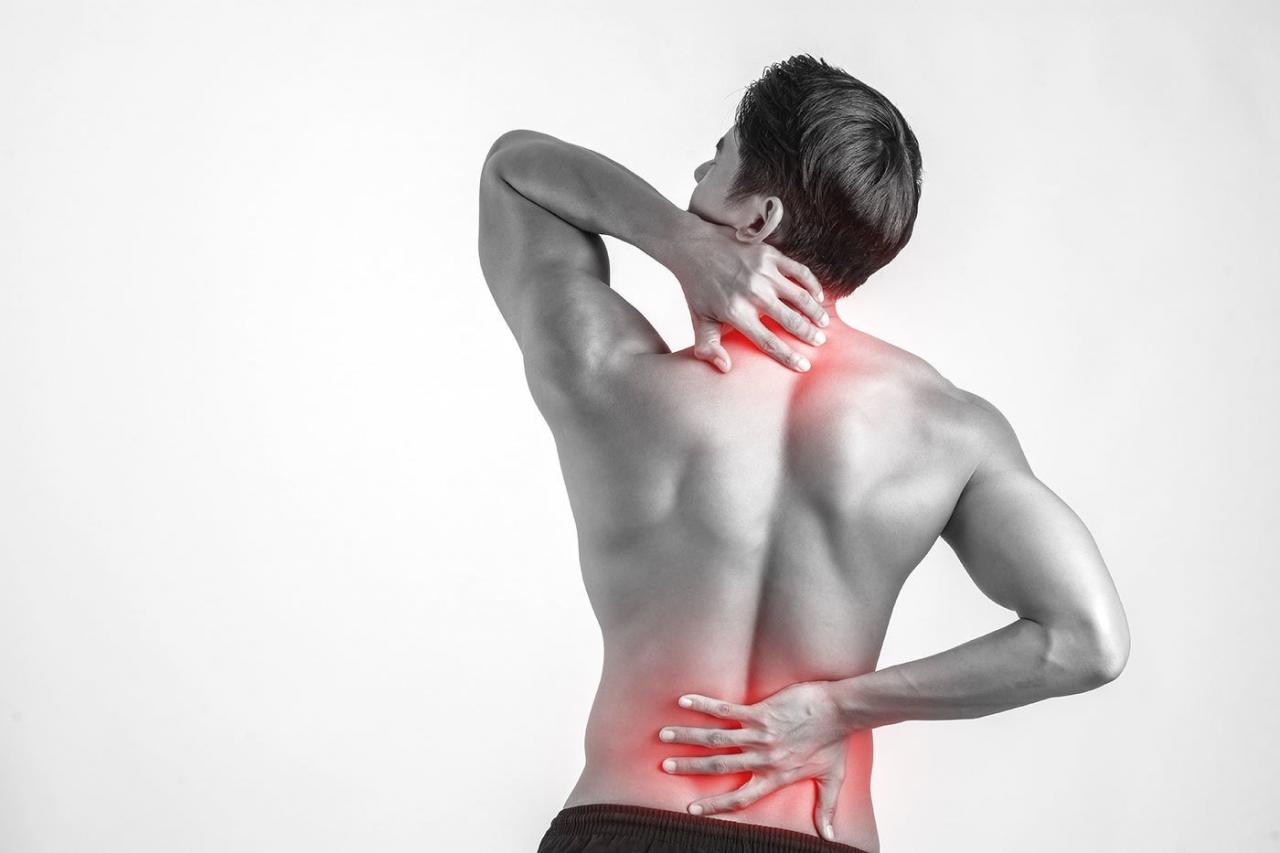It is known that pain serves the task of alerting us that something in our body is not going well, but there are different types and degrees, and this does not always indicate a problem that requires medical attention Sports is one area where more questions arise. Is it normal to feel pain during exercise?

Elena Isla Paredes of the Department of Sports Medicine at the Sanitas La Moralea University Hospital (Madrid) clearly states that pain “should not occur during physical exercise.” However, Montserrat Ruiz-Olivares García, General Secretary of the College of Physiotherapists of the Madrid Community, believes that when exercising, “we need to know that a certain degree of pain may be normal and unfamiliar areas or muscle fatigue may be the cause.” >
The island itself recognizes that it is a regular companion of sports activities and is sometimes “created by the exercise itself due to applied loads, although it also occurs from accidents, acute injuries or chronic injuries.
A separate issue will be elite sports, where, according to a physiotherapist, “athletes sometimes experience severe pain in order to improve their performance or recover faster, putting your health at risk. But that would be a different world. “
Warning signs that we should stop and consult
Listening to messages sent by the body is necessary in order to be able to continue to exercise in a healthy way. The first step is to be able to distinguish between the type of pain:
Pain since the beginning of the exercise
Acute pain from the start of exercise in a healthy person is not normal; you should stop and consult a professional to find out if your technique is unsuitable or if you are experiencing any structural damage.
Pain after a while
Pain that appears during exercise, but after a while – due to fatigue – may be normal, especially if it disappears after rest.
People who are accustomed to playing sports are the best at identifying discomforts such as muscle fatigue, as well as pain after exercise, which appears 24-48 hours after exercise, “says Ruiz-Olivares. p>
Actions that may cause pain
The sports in which pain most often appears on the scene are those based on high-intensity exercise and those that can cause traumatic events. “According to some studies, the sports that cause the most injuries and chronic pain are sports that require constant over-exertion with very repetitive movements in muscles and joints, both in the arms and legs (football, tennis, basketball … ) “, – sums up Isla.
The Secretary General of the Madrid College of Physiotherapists also points to temporary sports “where the athlete may be overly demanding” and long-term sports “which will entail more exhaustive systemic control over the subject.”
Isla notes that it is very common “to see both amateur and professional athletes with chronic pain who, in some way, eventually get used to and continue to train.” But in the end, problems arise: “This constant pain makes our training less and less effective, and performance drops gradually, so it is important to consult a specialist.”
Most Affected People
Those who are most prone to suffering from exercise will be those in extreme conditions: those who start and those who exceed. in sports practice. The former are due to lack of custom and non-use; others due to overload and muscle fatigue.

Ruiz-Olivares recommends that those starting out in sports have a “good professional who explains to them the technique and makes recommendations for progression in time and intensity, which leads them to a physical therapist in case the pain will not go away or get worse. “
As far as seconds are concerned, while it is true that every performance gain involves effort, which is sometimes accompanied by some pain, it should not be forgotten that “this pain must give way” with rest and with adaptations arising in the result of exercise. ” In this sense, “listening to the body, analyzing changes and stopping in the face of suspicion would be the main advice.” In fact, before injuring itself, the body sends messages that something is wrong: pain, inflammation, tremors, seizures, fever, bruises … “Underestimating them increases the number of ballots that will be injured,” warns the physiotherapist.
How to deal with pain
In the face of sudden and severe pain during exercise, the first step is to stop exercising and consult a professional. According to Ruiz-Olivares, “if this is repeated, we should also consult, as we might be doing something wrong and not making the necessary changes would lead to injury.”
Physical measurements, local cold, physical therapy, and some medications can be of great help. “Anti-inflammatory drugs are the treatment of choice when there is pain associated with inflammation, and when there is no contraindication to their use, in which case other types of analgesics will be indicated,” Isla says, adding that “adaptations need to be made.” The type of the drug according to the intensity of the pain syndrome, along the so-called analgesic ladder and under the supervision of a doctor. ”
The sports medicine practitioner emphasizes that “frequent physical examinations should be performed.” In addition, if there is pain, “it is necessary to make not only a clinical diagnosis in any specific area of the body, but also biomechanical examination or other additional tests.”
